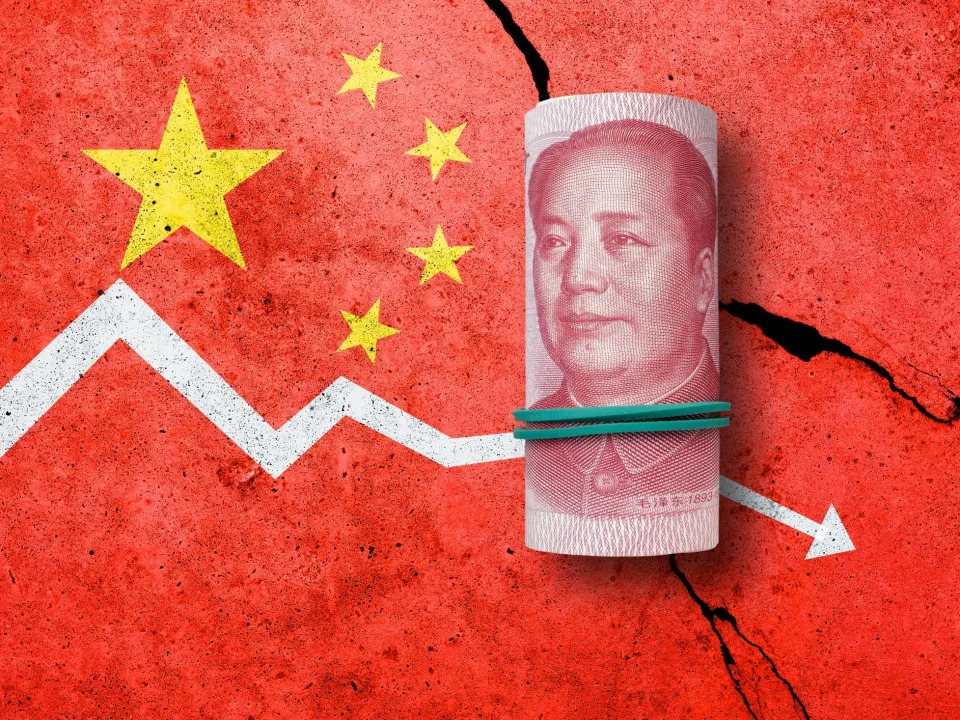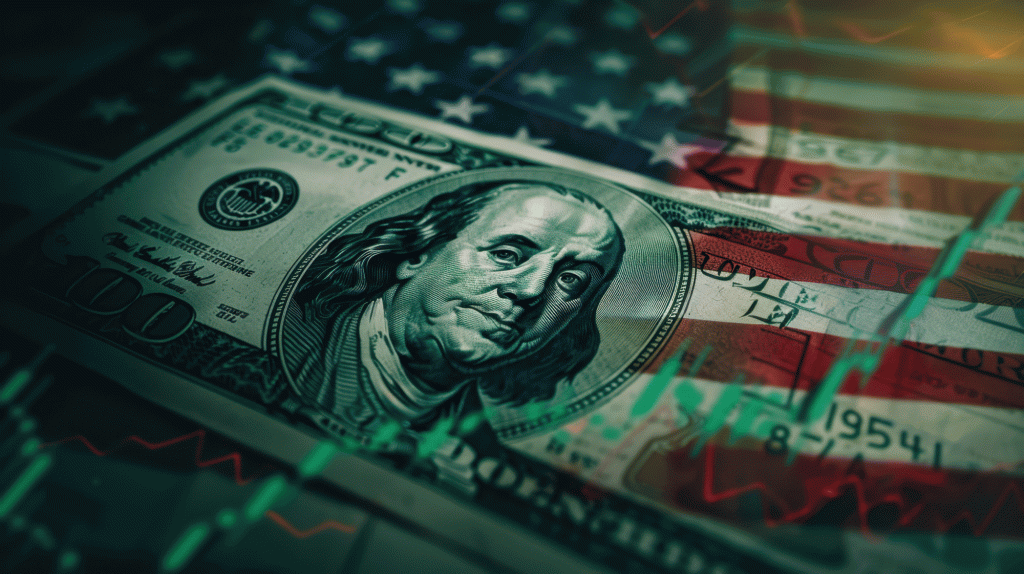The direct effects of China’s latest stimulus may not kick in until 2025, one researcher says.
That’s because Beijing needs to ramp up spending in addition to monetary stimulus measures.
More funds probably won’t be available until year-end, given lags in the legislative process.
China’s massive stimulus package may not have any direct effect until 2025, and Tianlei Huang, a researcher for the Peterson Institute for International Economics, says Beijing needs to do way more to boost its ailing economy.
In a note on Tuesday, Huang weighed in on China’s latest monetary stimulus package, which includes cutting interest rates, reducing reserve requirements for banks, and injecting about $114 billion in liquidity support.
Those measures sent Chinese stocks into a historic rally last week, yet they may not be enough to drive a full recovery of the country’s economy, Huang said.
Lower interest rates, for one, may not entice households and businesses to borrow or banks to ramp up lending, given China’s already-sluggish economic environment. That means some of the stimulus flowing toward banks may end up going back toward the government, Huang speculated, as banks could sow the funds into government bonds.
Lower rates may also not be enough to nudge China’s property market into recovery mode. Many households stopped seeing housing as a “preferred asset class” amid the nation’s property crisis, something that will be hard for policymakers to undo, Huang added.
“The central bank’s interest rate cuts and other policy moves could be ineffective—’pushing on a string’—at a time of weak credit demand, as monetary easing during a downturn does not always work as well as tightening during a boom,” Huang wrote.



